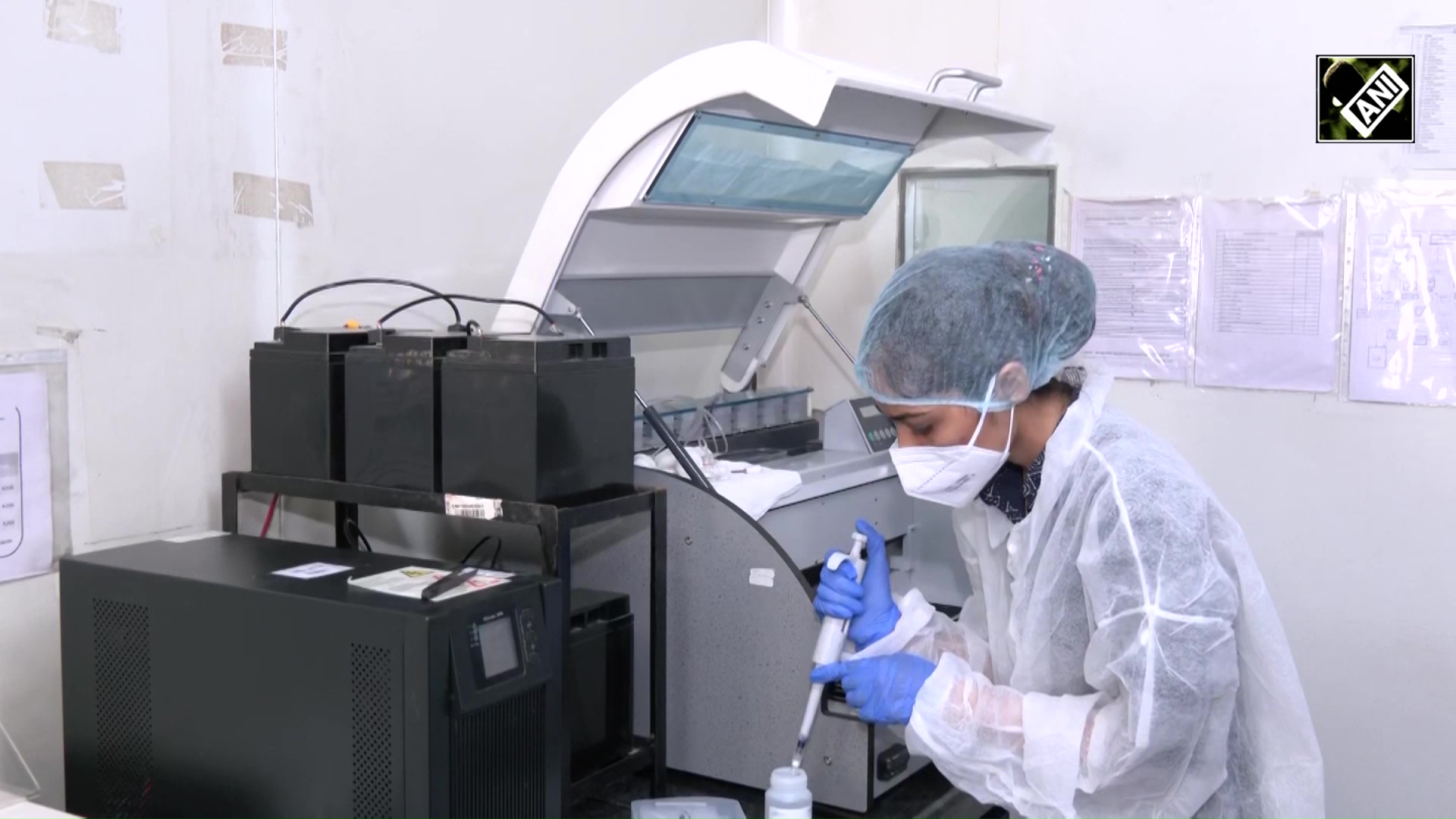Trade deficit widens to USD 8 bn in June 2024 despite increase in exports
Jul 15, 2024

New Delhi [India], July 15 : The latest trade data for June 2024 reveals a mixed picture of the country's overall trade performance. While exports have seen a significant rise, the trade deficit has also widened, reflecting an increase in imports that outpaced export growth.
In June 2024, the trade deficit stood at USD 8.00 billion, up from USD 7.00 billion in June 2023. This USD 1 billion increase highlights a growing gap between the country's imports and exports, raising concerns among economists and policymakers about the underlying economic dynamics.
Exports showed a robust performance, increasing from USD 62.12 billion in June 2023 to USD 65.47 billion in June 2024.
This USD 3.35 billion rise in exports can be attributed to strong demand in key sectors such as technology, pharmaceuticals, and textiles.
The growth in exports is a positive sign, indicating that domestic producers are successfully tapping into global markets.
However, imports also surged, growing from USD 69.12 billion in June 2023 to USD 73.47 billion in June 2024, a USD 4.35 billion increase.
The rise in imports suggests a growing domestic demand for foreign goods, which could be driven by both consumer and industrial sectors. The import growth has offset the gains made by exports, leading to the increased trade deficit.
India's total exports, including both merchandise and services, reached USD 68.29 billion in May, marking a 10.2 per cent increase compared to the same month last year, according to data from the commerce ministry released on June 14.
In May, merchandise exports grew by 9.1 per cent to USD 38.13 billion, while service exports increased by 11.7 per cent to USD 30.16 billion.
In May, exports of petroleum products, engineering goods, electronic goods, and pharmaceuticals all saw growth. However, exports of spices, other cereals, gems and jewellery, oil meals, and marine products experienced slight declines.
On the import side, there were increases in petroleum crude and products, transport equipment, electronic goods, vegetable oil, and pulses. In contrast, imports of coal coke, gold, fertilizers (both crude and manufactured), iron and steel, and chemical materials and products decreased.
The trade deficit, which is the gap between exports and imports, decreased from USD 11.41 billion to USD 10.90 billion year-on-year in May 2024.


















